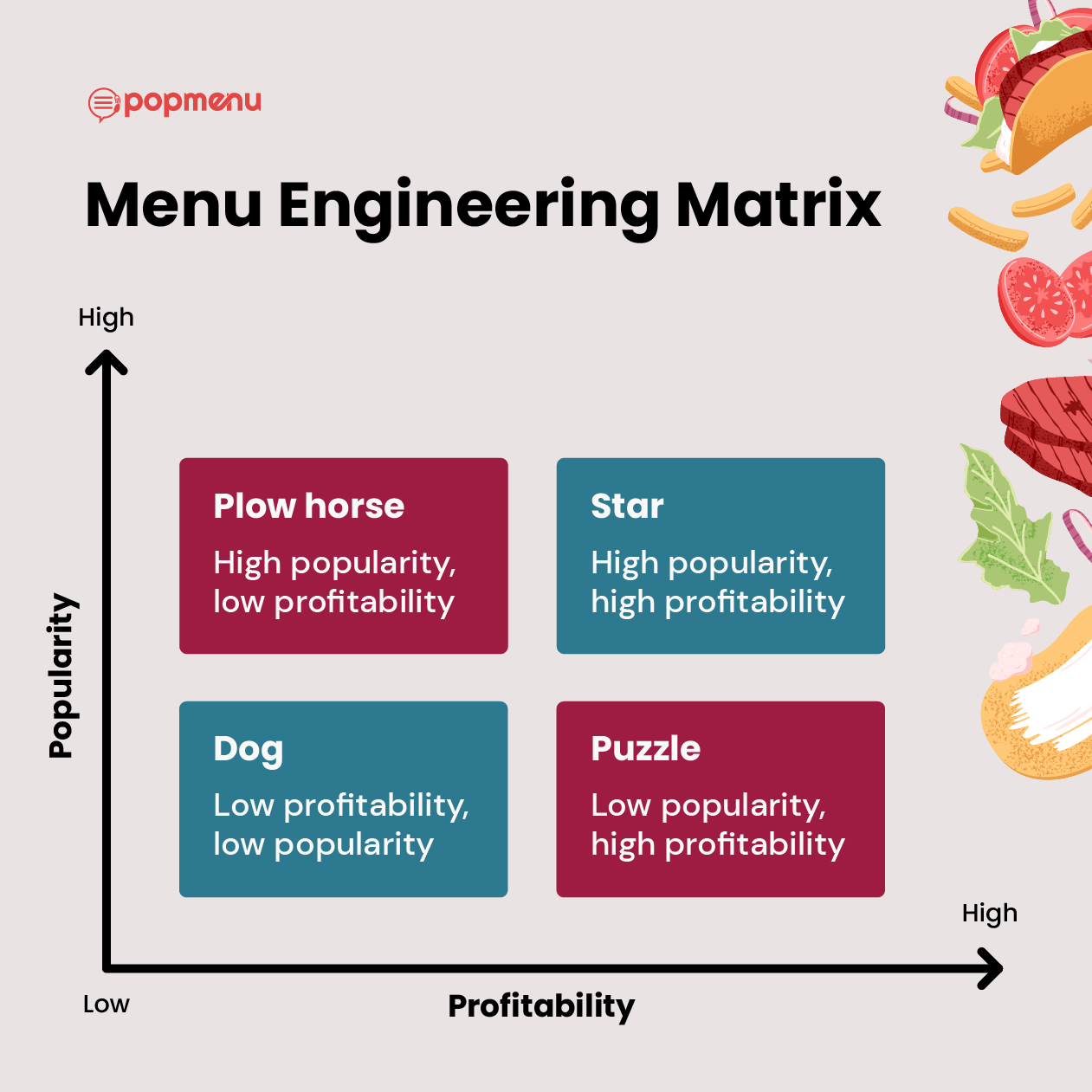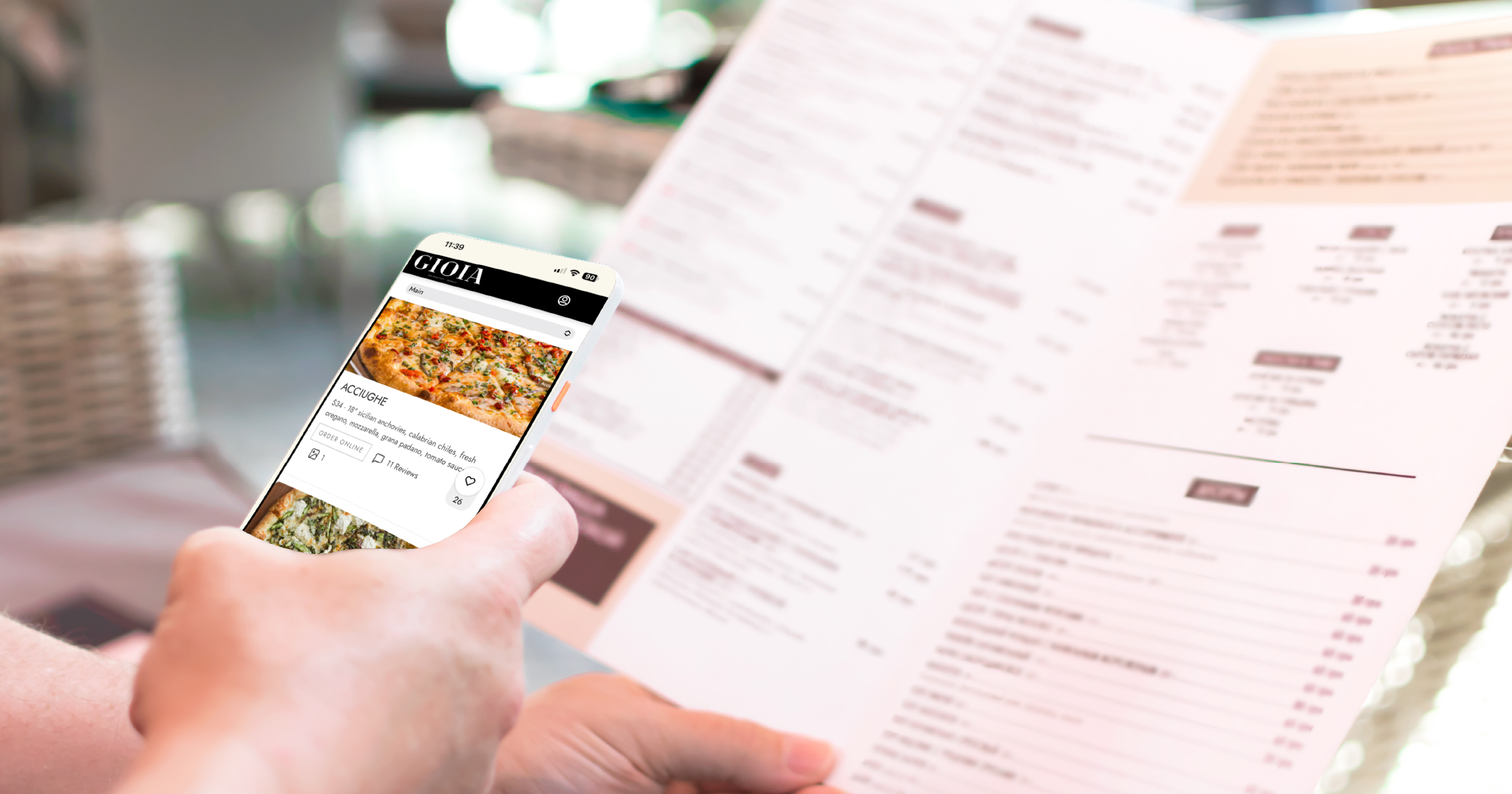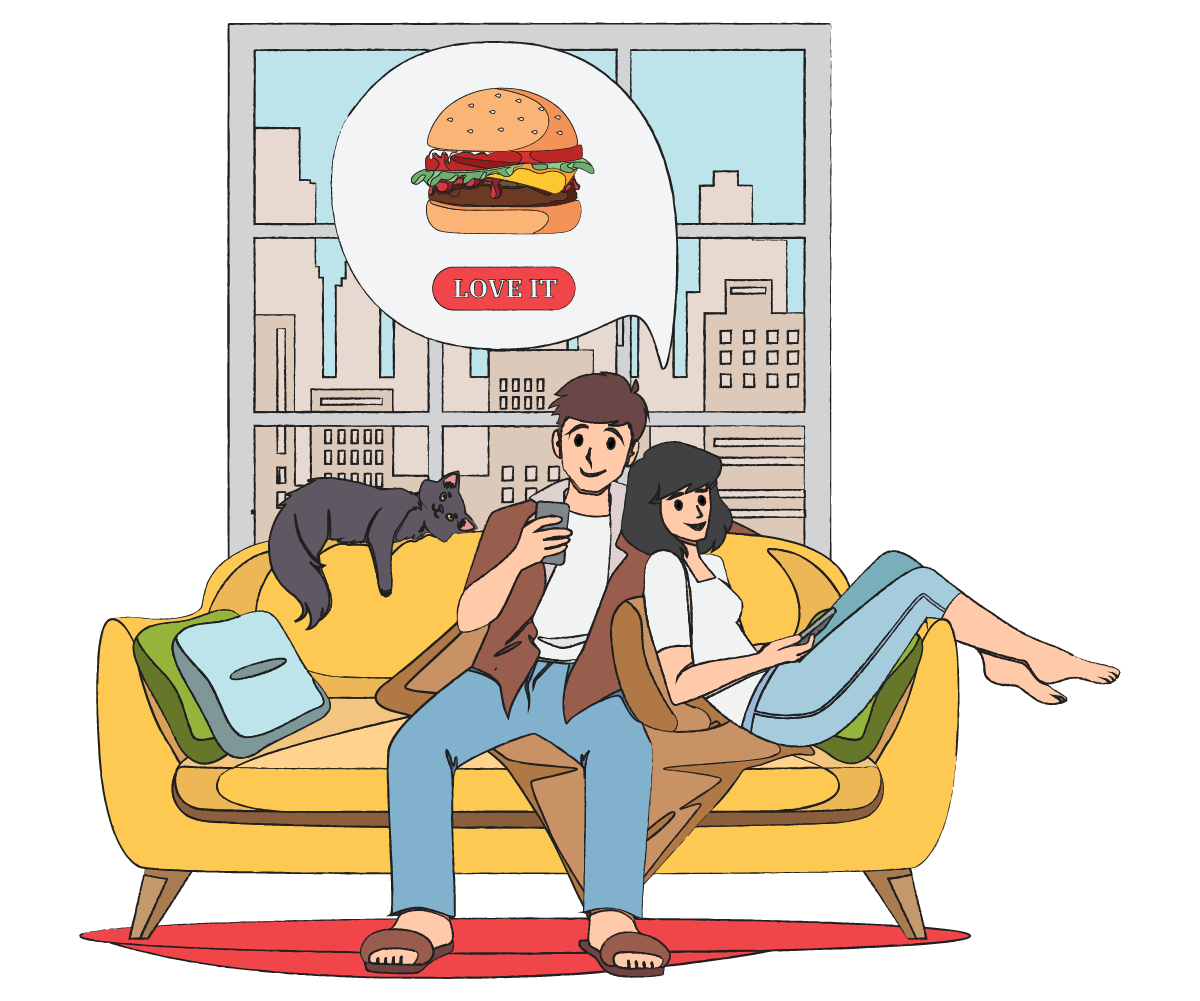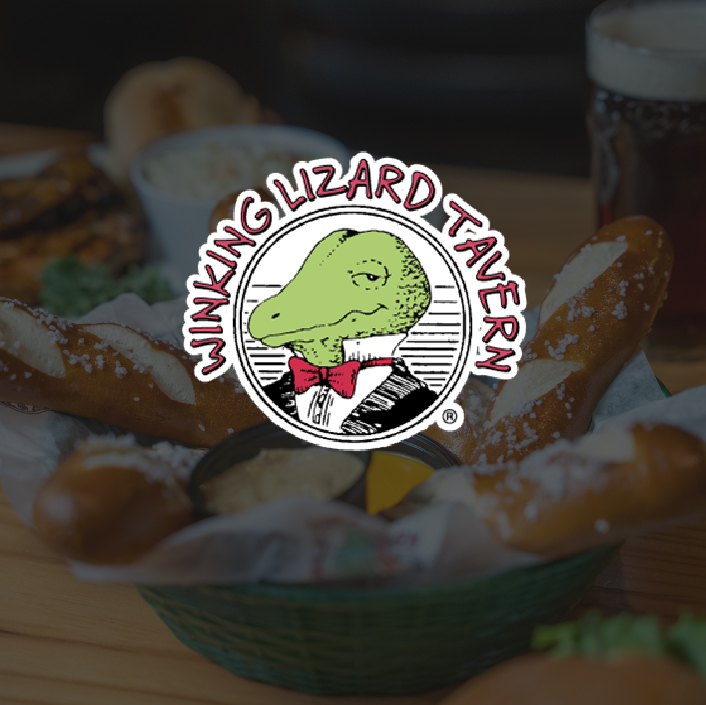
5 reasons to use menu engineering at your restaurant

Rising food costs and fierce competition have restaurants leaving no stone unturned when working to improve margins and stay top-of-mind. While many may look at reducing operating hours, or turn to the latest marketing trend, a restaurant’s best marketing tool is often overlooked: its menu.
The menu is the heart of the restaurant, influencing everything from the atmosphere and clientele to the cost of operations and labor. So why not design it to tell your restaurant’s story and boost revenue? Queue menu engineering. But what is it?
Menu engineering (sometimes called menu psychology) is the practice of analyzing your menu for costs and dish sales, and strategically designing it to maximize profits. Usually, menu engineering highlights and draws guests’ attention to a restaurant’s most profitable items. Studies have shown that restaurants that engineer their menus typically see a 10-15 percent increase in sales.
How do you start menu engineering?
First, you’ll place your various menu items into four categories:
- Stars - These are your high-profit and high-margin items. They move quickly and give your restaurant the most revenue.
- Plow horses - While these dishes move quickly, they don’t have as high of margins as your stars. They may be a staple on the menu to draw guests in, but they don’t actively help the bottom line.
- Puzzles - These dishes have high margins, but aren’t moving the needle with guests.
- Dogs - Menu items considered ‘dogs’ have low profit margins and a low order volume.

Why identifying item types is important
Once you know the trends and sales of your dishes, there are a few decisions to make based on the dish category.
Star dishes: Typically, there isn’t much change needed for these dishes as they are already selling well given their menu placement and costs. If you are considering moving them, most times it will be to gain traction with a dish of a different category.
Plow horses: The edits to these dishes will most likely come from the kitchen. To turn them into Stars, apply a critical eye to what makes these dishes move but also consider what is inflating their cost to your restaurant. You can also look at competitors and decide if your guests would be willing to pay a slightly higher price for these items.
Puzzles: These menu items can benefit the most from menu engineering. The financial returns that result from increasing the order volume of “puzzles” are often worth the effort. This involves placing dishes in a prominent place on your menu to increase visibility and sales.
Dogs: These dishes are where to start cutting. Alternatively, consider changing them to align with current flavor trends or subbing expensive ingredients with lower-cost options. Then, move them to more prominent places on your menu, such as switching them with a plow horse.

What’s the difference between physical versus online menu engineering?
There isn’t a one-size-fits-all for every restaurant. Consider the differences between when a guest chooses to dine in, versus when they place an online order. Generally, guests are more likely to dine in when they have a special occasion, which often includes splurges on treats like drinks or desserts. In this situation, your menus would benefit from listing beverage pairings on menu items and having dessert and drink sections hold a prominent spot.
Online ordering guests, however, are often looking for a convenient option for a casual night at home—or a night off from cooking. They may be motivated to add a side or an appetizer to go with their pizza, rather than cocktails or desserts. Online menus with modifiers that allow guests to add a side easily are ideal.

The 5 reasons to start with menu engineering today
Help move product
Did your meat supplier run an offer you couldn’t refuse? Feature dishes with ingredients you have a surplus of to reduce food waste and save money. Placing your specials front and center can help you turn tickets while allowing your kitchen creative freedom with less risk of slim margins.
With the latest tech innovations, this is easier than ever! Your website can be an extension of your menu by adding a pop-up that is the first thing guests see when visiting. Plus, many restaurant websites have menu technology specifically designed to allow specials to be highlighted with photos, reviews, and more.
Increase profits
Analyzing your menu can help you identify your stars and your dogs. Alter low-margin, slow-moving items to improve their profitability or remove them altogether. This can reduce the overall amount of ingredients you’re purchasing.
On the opposite side of the spectrum, your menu's puzzle dishes can be exposed and moved to a more prominent location on your menu to gain more orders. If these are buried at the bottom of a menu, or missing an enticing photo, guests might not give them the attention they deserve!
Increase check averages
By featuring your Star and Puzzle menu items in highly visible spots on your menu, you draw more attention and encourage guests to order them more frequently. Additionally, featuring certain dishes alongside each other can increase ticket sizes—after all, who doesn’t love a perfect pairing of wings with their favorite pizza? Suggesting low-cost items that boost your check total may feel small, but they can make a significant impact in the long run.
Menu agility
Unlike your physical menus that come with print costs every time there is an edit, your online menus allow you to change prices, descriptions, photos, and availability of an item in minutes (and at no extra cost). Some online menu providers even allow restaurants to attach limited-time offers or discounts on dishes to help increase sales.
Atlanta Fish House utilized their online menu to make their Street Chicken more visible by adding a buy-one-get-one offer as an incentive. In just 55 days they sold over $7,000 of just that one dish! With the right technology, adding a small discount, BOGO offer, or free item is easy and rewarding.
Keep guests happy
When posed with too many options, guests may linger on menus longer, weighing their options, and preventing your team from turning the table sooner. Simplifying your menu doesn’t only streamline your kitchen, it also minimizes the number of dish items for guests to choose—so, they can easily satisfy their cravings.
With newer online menu designs, it's easier to answer guests' questions and set the right expectations before guests enter an establishment. Many guests will move on from a restaurant that doesn’t offer photos or have positive reviews easily accessible when they consider visiting for the first time. Learn more about what guests want from online ordering in our free guide 6 things diners wish restaurant owners knew about online ordering.
Ready to get started? Check out our blog article Menu Engineering: Tips and tricks for building a restaurant menu that sells to learn how to set your restaurant’s menu up for success.





.jpeg)






